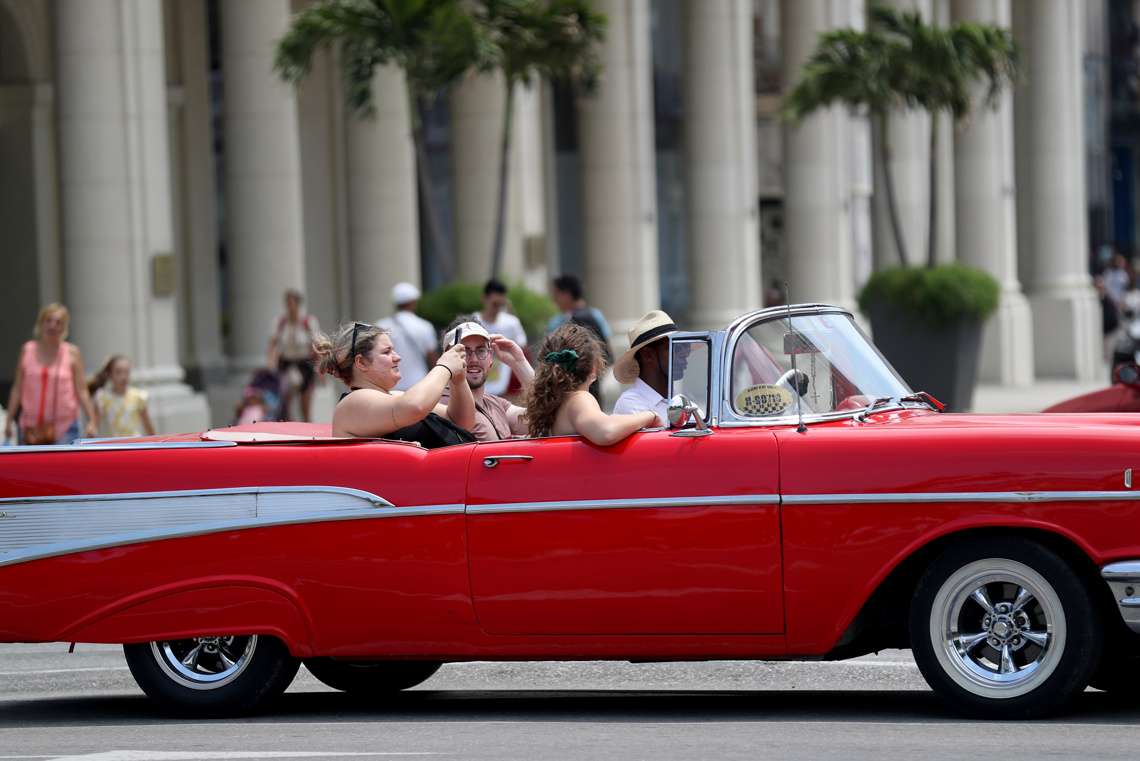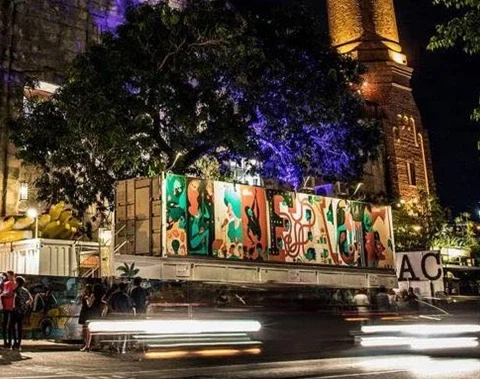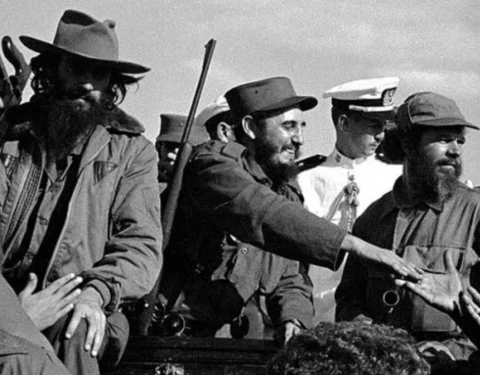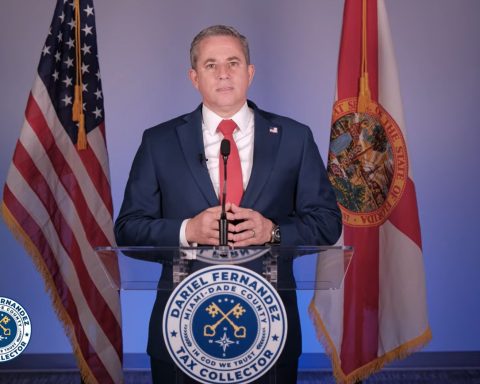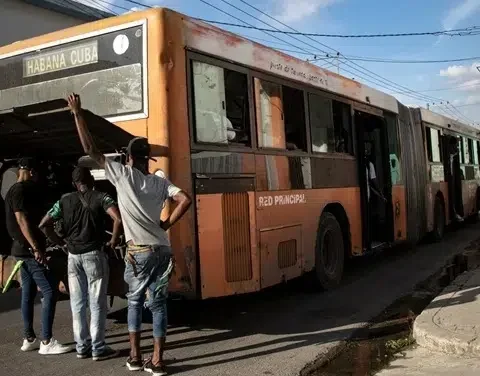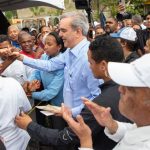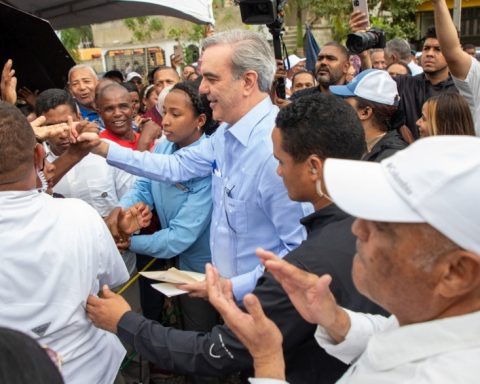The Cuban Minister of Tourism, Juan Carlos García Granda, acknowledged that the recovery of the tourist activity “It has been difficult,” but he expressed confidence in the sector’s growing contribution to the island’s battered economy.
This was stated this Tuesday in an exchange with the press during the 41st FitCuba 2023 International Tourism Fair, in which he said that he maintains “the hope of reaching the figures prior to the pandemic.”
“Canada, which is our main market, has recovered 80% compared to 2019, and today means more than 50% of the tourism we are receiving. But we cannot say the same about another market as important as the one made up of European countries”, García Granda explained to the accredited media.
Among the factors that have affected the arrival of European visitors, the minister mentioned the economic situation of the Old Continent, the war between Russia and Ukraine, the increase in the cost of fuel and the still insufficient recovery of air operations from Europe.
In addition, he referred to the impact of the embargo/blocking of the United States, in particular the fact that “a European citizen who comes to Cuba has to go in person to apply for a visa if he wishes to travel later to US territory, because they do not give him the right to the ESTA electronic visa.”
“It has been hard. We know that there is a lot of competition and we have many more obstacles than other destinations in the region”, she added.
Despite this, the head of the Ministry of Tourism (Mintur) considered that the high season, coinciding with the winter period, showed signs of progress and offers confidence about the gradual recovery of the sector.
“It was not a bad winter,” the minister estimated. We must reach the figure of one million visitors between today and tomorrow. Although we would have liked to have 1.2 or 1.4 million at this point, it could not be. But even so, a good job could be done, especially with Canada, and the results are there”.
“Show another Cuba”
According to García Granda, the Cuban tourism sector works to “show another Cuba”, beyond the traditional focus of sun and sand, as part of the recovery strategy.
“In addition to the strengths that we have in sun and sand, we are trying to show another Cuba, other values, and that is why we are promoting the themes of culture and heritage at the fair, especially in the case of Havana,” he commented during a break. of the morning session of FitCuba 2023.
“We are also promoting other destinations, such as Trinidad, which is a destination that has it all: it has heritage, it has history, it has culture, but it also has a beach and nature. And in the same way we are working very hard to create a product for health, well-being and quality of life”, he added.
“We have to continue working and strengthen the rest of the markets,” he said. In this sense, he explained that his ministry works together with agencies and tour operators to “rescue the Latin American area”, and mentioned countries such as Argentina, Colombia, Bolivia and Brazil among the markets in which this work is carried out.
In addition, he stated that “we are not only looking at this year, because tourism cannot lift the economy in a single year. It must be sustained work. And at this same fair we are not only talking about business and prospects for the remainder of the year, but also taking a look at next winter”.
Following this strategy, the minister trusted that “little by little tourism will recover and play that role in the Cuban economy that is so much in demand.”
Cuba bets on its tourism fair to promote the recovery of the sector
Similarly, the head of the Mintur highlighted that FitCuba 2023, which opened its doors on Monday With the presence of more than 500 travel agencies and international tour operators, “it shows that the country is an attractive destination.”
Precisely this Tuesday, as part of the fair program, the portfolio of business and investment opportunities in the sector was presented, which includes hotel development, administration and marketing projects, as well as others related to real estate, parks, nautical bases and tourism. from nature.
There were also presentations on Havana as a destination for culture and heritage —market sector to which the event is dedicated—, and the new banner of the Spanish company Iberostar was launched for its 30 years in Cuba, among other presentations and activities.
Cuba received around 1.6 million international travelers in 2022, below the official forecasts that initially predicted the arrival of around 2.5 million.
This sector, considered one of the most important for the island’s economy, suffered a sharp drop as a result of the pandemic, and, according to what has been stated up to now, aspires to receive some 3.5 million visitors in 2023, a figure difficult in the opinion of specialists.
